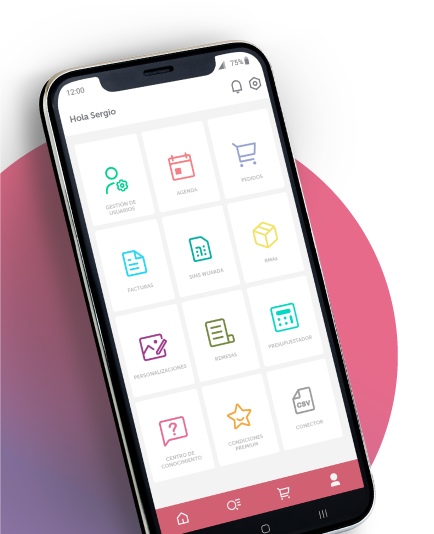Time & Attendance control is booming due to the new European regulations being put in place. For example, in Spain and Italy this requires companies to have to register the entrances and departures of workers, as well as to set a schedule to be met and counting the hours worked. The aim of these regulations is to end job precariousness and significantly reduce fraud, especially overtime.

There are different ways to carry out a Time & Attendance control, depending on the type of company, the difficulty of the schedules to be made and requirements that each company has in a particular way. Below, we explain the more traditional types:
- Traditional system: Con este sistema, los trabajadores podrán registrar su hora en papel, aunque parece un método desactualizado, es la solución en pequeños establecimientos de 1 o 2 trabajadores. Según la normativa española se deben guardar los registros mensuales de los últimos 4 años, por lo que estas empresas deberán archivar estos registros durante ese periodo.
- Traditional computerized system: Many companies can use an Excel sheet, simulating the traditional paper system, but computerized. Currently, there are shared Excel sheets that would give the possibility to make an effective time record, also for small businesses.

The problem of traditional systems is the ease of manipulating records and hours worked. In addition, having to keep each worker's records for a long period of time, will become unpractical for a company with more than 15 workers.
Using electronic devices to help manage Time & Attendance control is not new, it began to be implemented in large factories in the middle of the last century to control employees. Below you can see the current time attendance control methods:
- Time clock machines: In some factories, large time clock machines are still in operation, in which a "chip" is introduced simulating a card to establish the signings.
These are completely obsolete items that currently are not installed.

- Card Reader: There are Time & Attendance control systems in which you can do the signing with a radio frequency card, these can be from different technologies, such as EM, Mifare, Desfire at frequencies of 125KHz and 13.56MHz.
In addition, different registration settings can be selected on the device such as Input, Output, Overtime or Timeout.

- Biometric reader: The registrations can be made with biometric technology, the most common being the fingerprint, facial recognition, the palm of the hands or the iris. These devices can also have card reading and are usually connected by IP or USB to manage users, schedules and calculations.

- Cloud systems: We start to see more cloud services that offer Time & Attendance control solutions. This allows workers to sign in from a PC or a Smartphone, adding geolocation, security pictures, and are compatible with the cards and biometric systems mentioned above.

Depending on the type of installation, you can select one system or another. The card system is currently the most economical, but it is insecure, as the card can be given to somebody else to check in on your behalf. For this reason, biometrics begins to gain ground, with more competitive prices and giving security to the registration process.
Cloud services provide greater flexibility for time logging, and are highly effective at time control of businesses, carriers or companies with different locations. Even small businesses are implementing it because of the ease of use for workers and the ease of configuration for management departments.
In conclusion, each company should choose which Time & Attendance control system suits their needs best, as well as software configuration, that meets the expectations of the different schedules of the company, and the identification system that you want to establish.


 Login
Login








